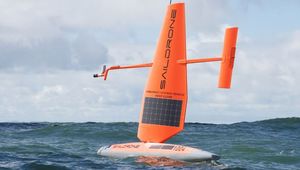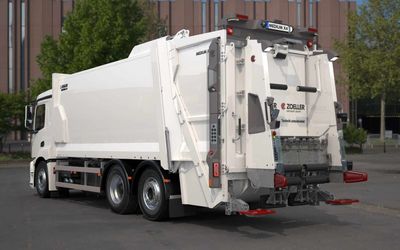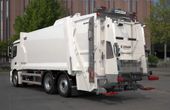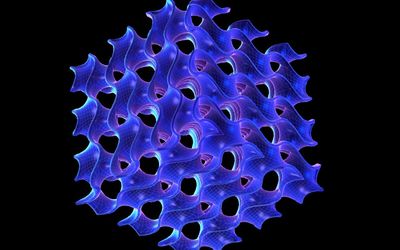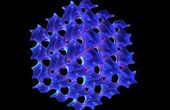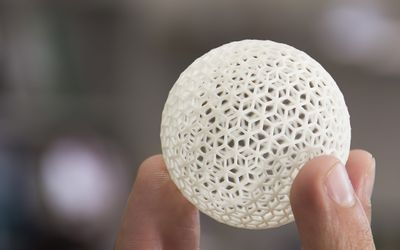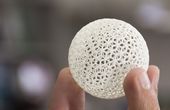Hexabot
A a six-legged walking robot which is 3D-printed, low-cost and small.
Overview
The hexapod robots has many advantages over quadruped ones: static gait (three to five legs are in contact with the ground at any moment), increased walking pace and more stability. Next to that, hexapod robots can still walk with interesting performances if a damage occurs to one leg
Legs are printed with PLA filament (polylactic acid, a biodegradable thermoplastic aliphatic polyester derived from renewable resources), therefor they require less effort to be moved during the transfert phase of walking movement. Hexabot reaches an optimum between maximum strength (the maximum stress the specimen can take before breaking) and overall weight. Another consequence of a reduced weight is that joints can be operated by less energy-demanding servos.
Specifications
- Standard DYNAMIXEL AX-12A Series Robot Servos
- 3 Degree-Of-Freedom Legs
- Arduino-Compatible ArbotiX Robocontroller
- Open Source Software
- 4500mAh LiPo Battery
